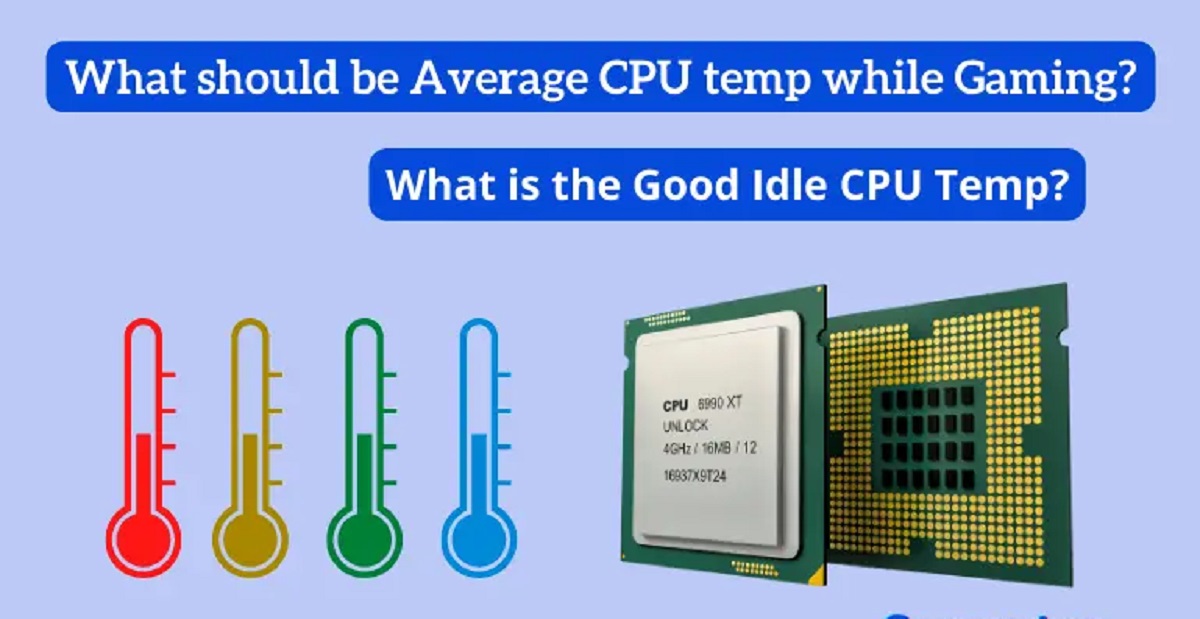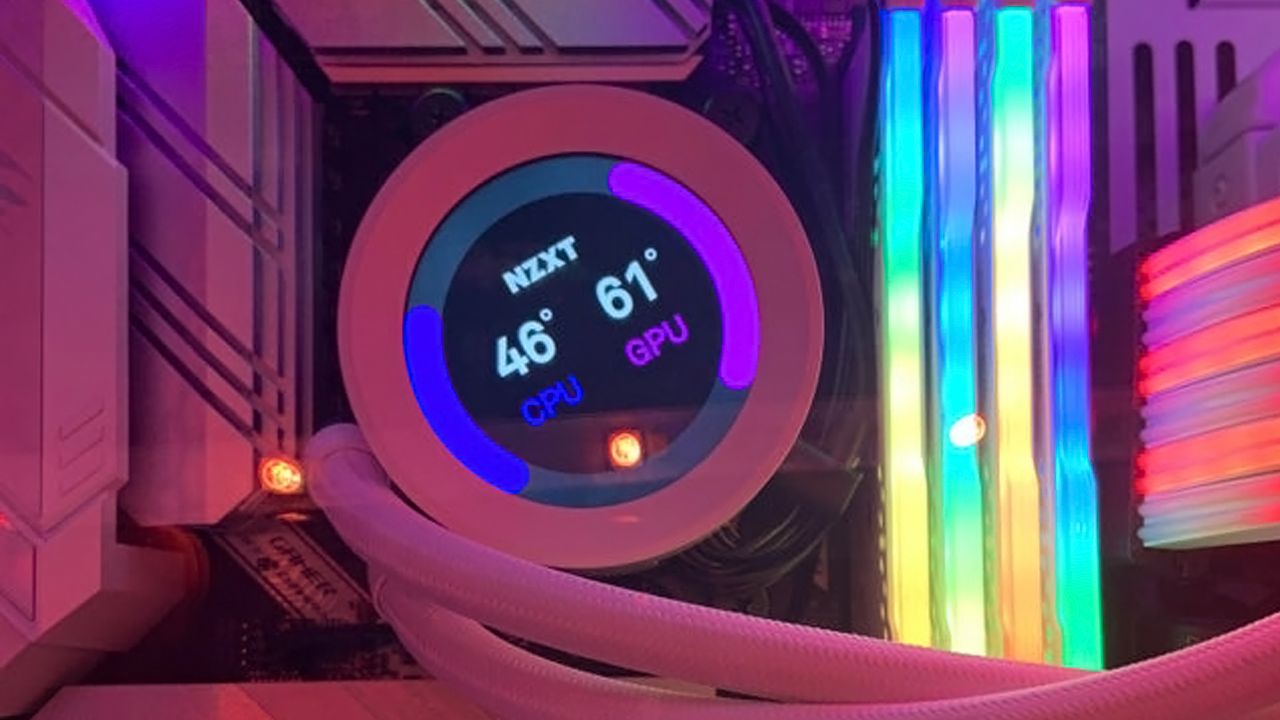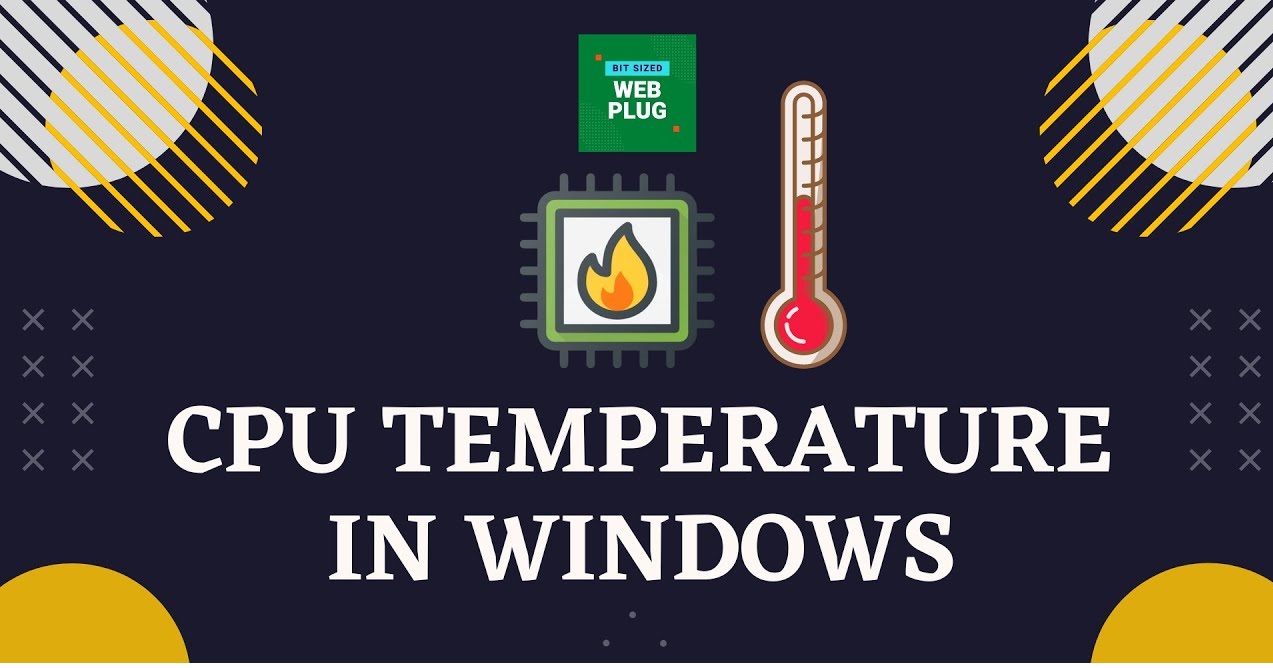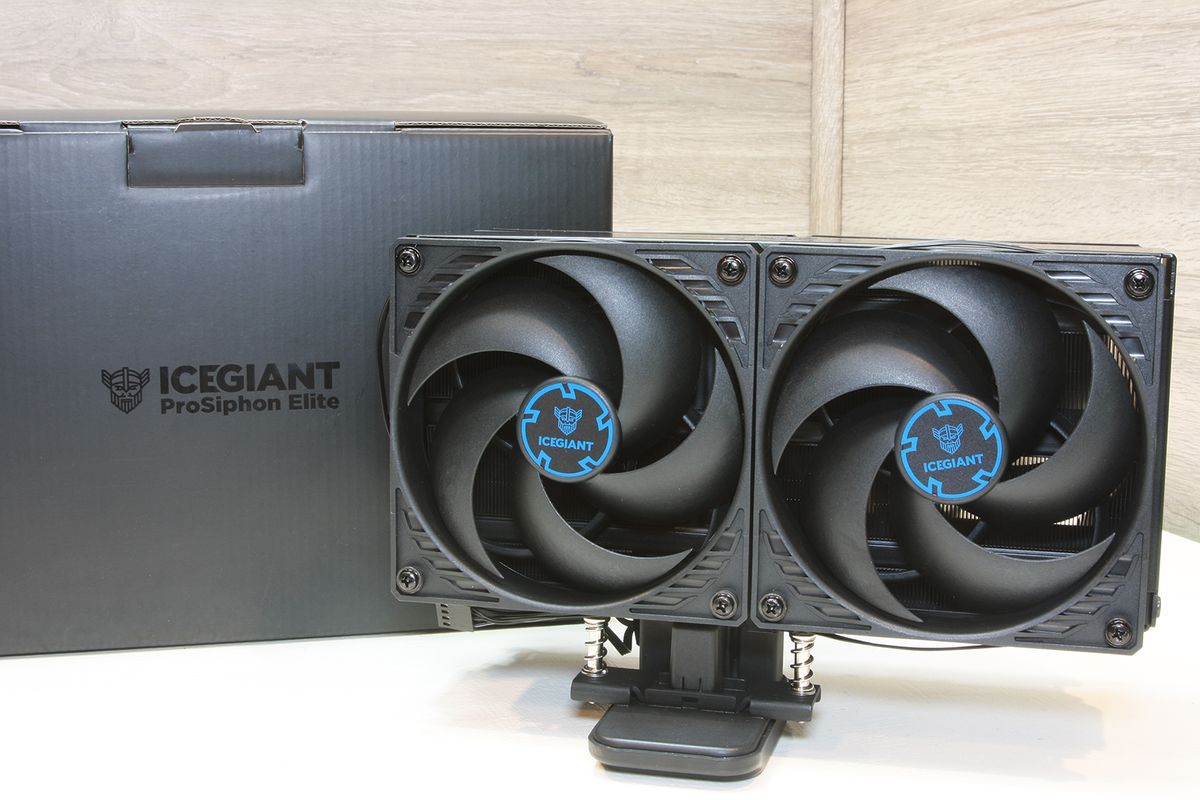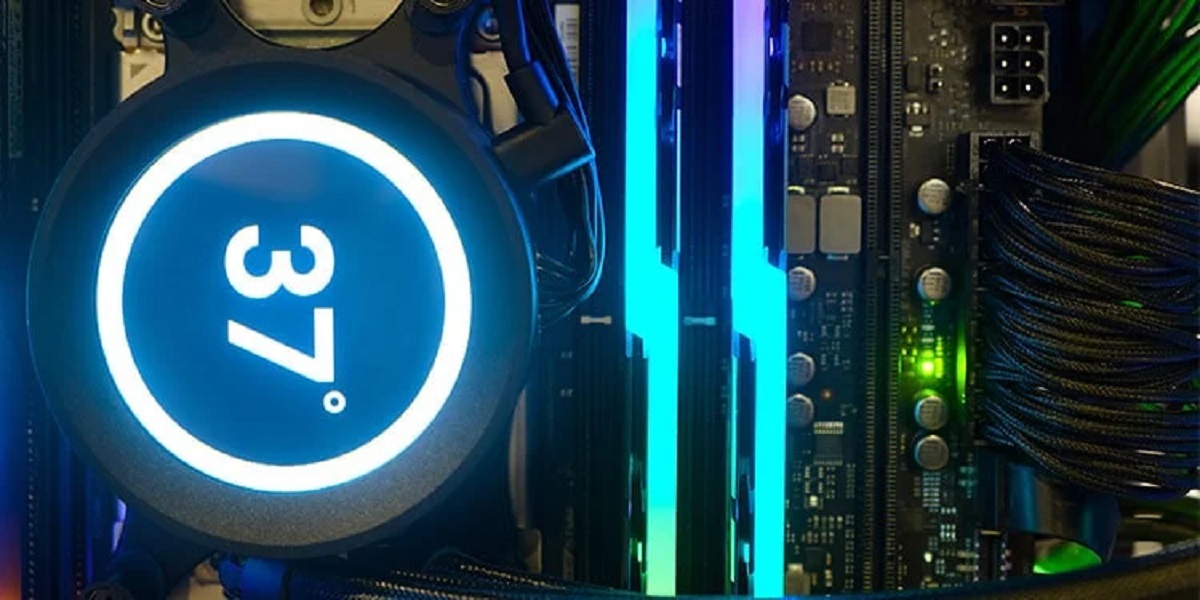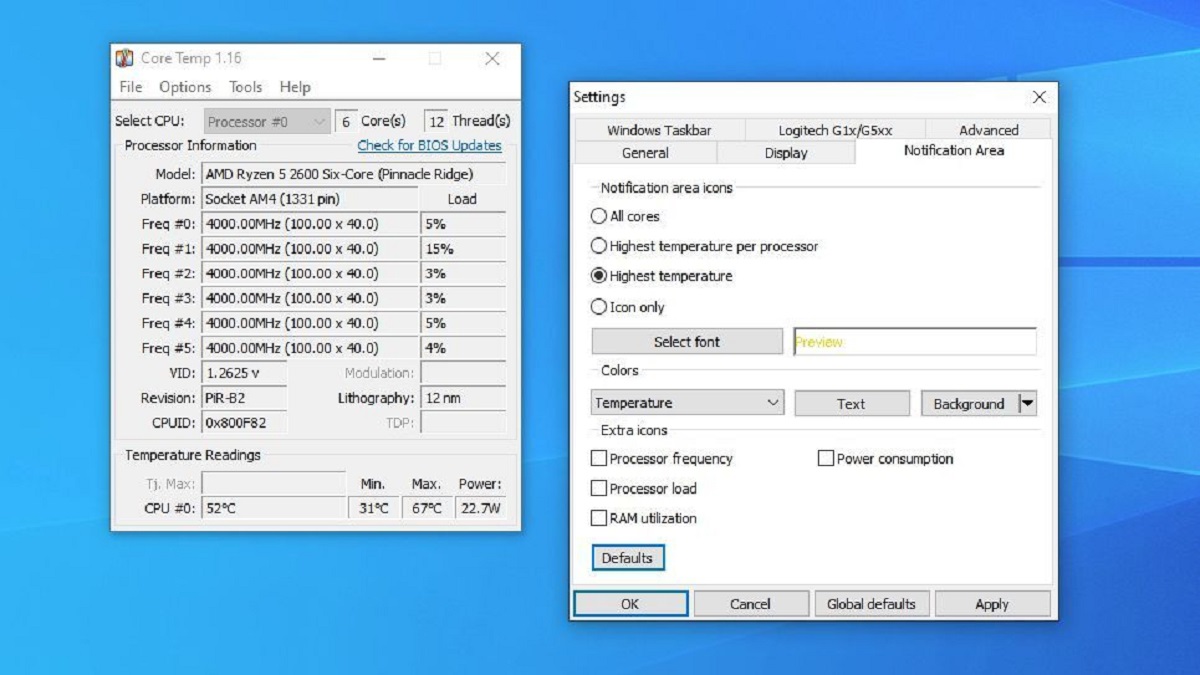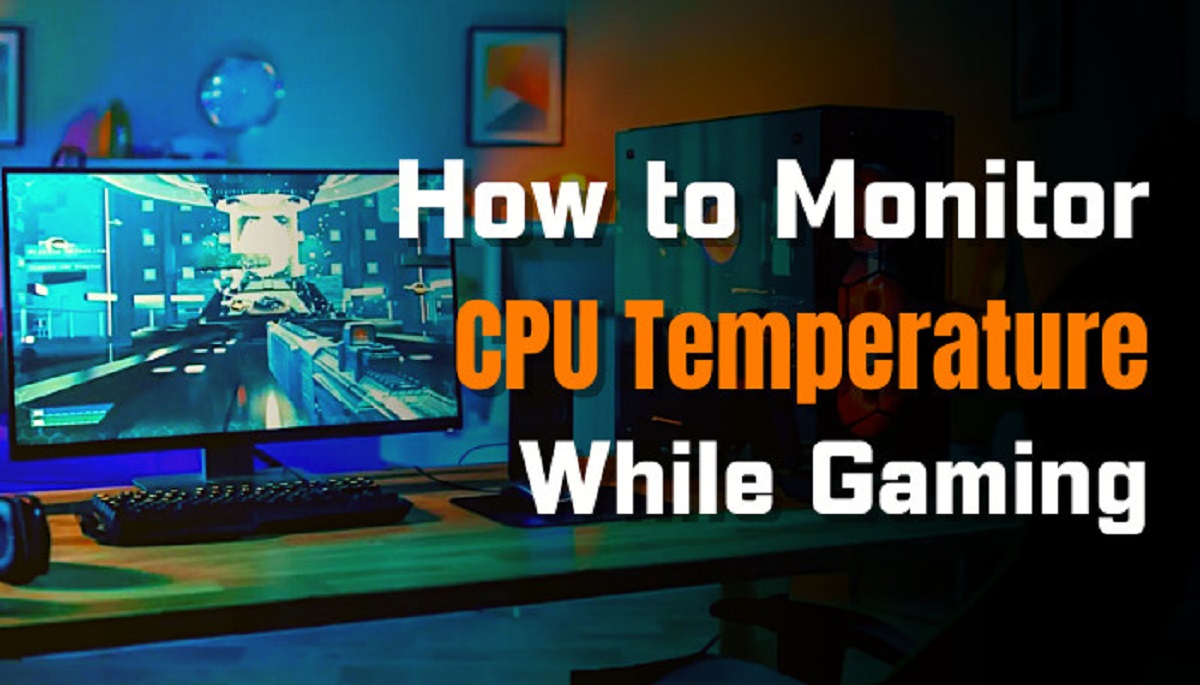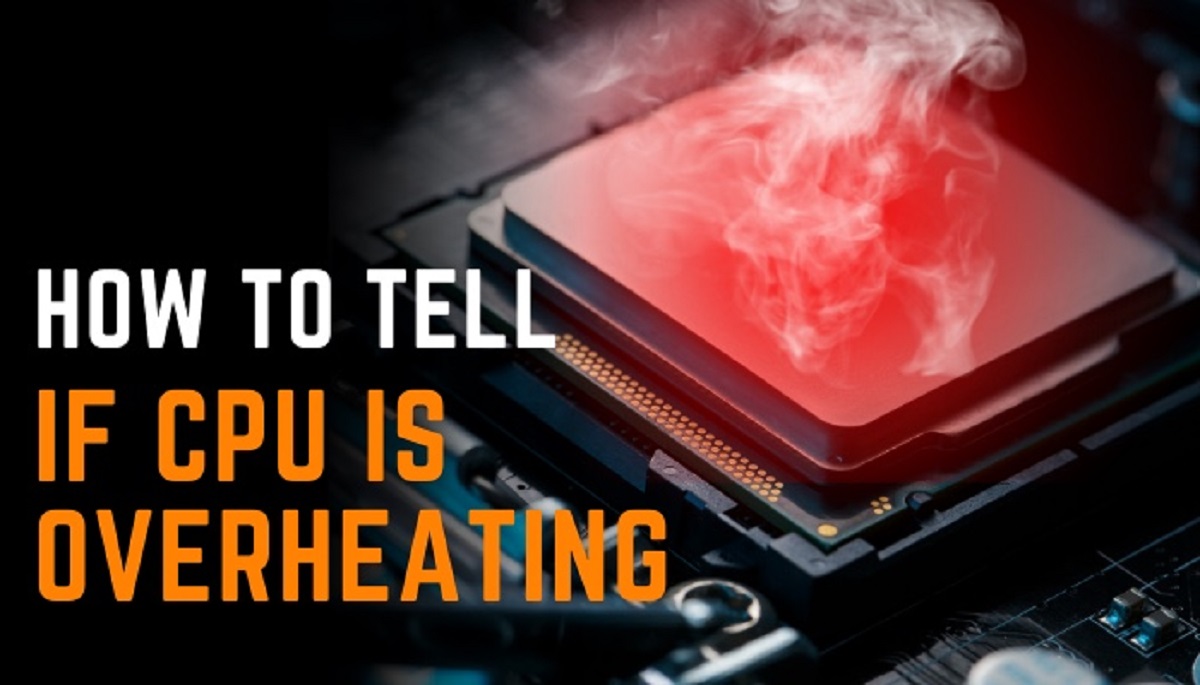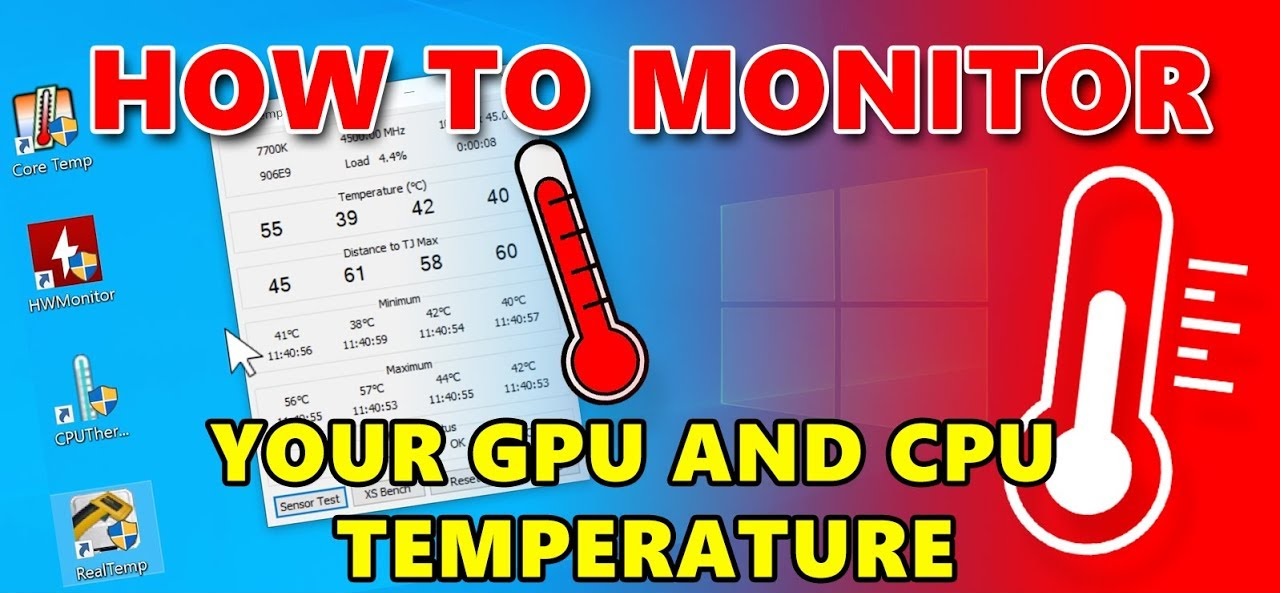Introduction
Gaming on a computer is a thrilling experience that demands optimal performance from every component, especially the CPU (Central Processing Unit). As the brain of the computer, the CPU handles all the calculations and processes that enable smooth gameplay. However, intense gaming sessions can push the CPU to its limits, resulting in increased temperatures. Monitoring CPU temperature while gaming is crucial to prevent overheating, which can lead to performance issues, system instability, and even permanent damage to the processor.
Understanding the optimal CPU temperature while engaging in gaming activities is essential for maintaining the longevity and efficiency of your computer. In this article, we will delve into the importance of monitoring CPU temperature, explore what the ideal temperature range should be while gaming, discuss the factors that affect CPU temperature, offer tips for keeping it in check, and bust some common misconceptions surrounding CPU temperature.
By the end of this article, you will have a comprehensive understanding of why monitoring CPU temperature while gaming is vital, and how to maintain a safe and optimal operating temperature for your CPU.
Importance of Monitoring CPU Temperature While Gaming
When it comes to gaming, the CPU works tirelessly to handle all the complex calculations and processing required to deliver a seamless gaming experience. As the CPU performs these demanding tasks, it generates heat. If this heat is not dissipated efficiently, it can lead to overheating, which can have detrimental effects on the performance and lifespan of your CPU.
Monitoring CPU temperature while gaming plays a crucial role in preventing overheating and maintaining the overall health of your system. Here are some reasons why it is essential:
- Prevent Performance Issues: Excessive heat can cause the CPU to throttle, which means it will reduce its speed to dissipate heat more effectively. This throttling can result in decreased performance, leading to laggy gameplay, frame rate drops, and overall sluggishness.
- Avoid System Instability: Overheating can also lead to system instability, causing sudden crashes, freezes, or even the infamous “Blue Screen of Death” (BSOD). This can be frustrating and interrupt your gaming experience.
- Prolong CPU Lifespan: Continuous exposure to high temperatures can significantly reduce the lifespan of your CPU. By monitoring its temperature and keeping it within safe operating limits, you can help extend the life of your processor and avoid the need for premature upgrades.
- Ensure Consistent Performance: By maintaining optimal CPU temperatures, you can ensure that your computer performs consistently during long gaming sessions. This will minimize the risk of unexpected performance drops, allowing you to immerse yourself fully in the game.
Overall, monitoring CPU temperature while gaming is not only important for the immediate performance of your system but also for its long-term reliability. By keeping a close eye on the temperature and taking necessary precautions to prevent overheating, you can enjoy uninterrupted gaming sessions and prolong the lifespan of your CPU.
What is the Optimal CPU Temperature While Gaming?
The optimal CPU temperature while gaming can vary depending on several factors, including the specific model of your CPU, the cooling solution employed in your system, and the ambient temperature of your gaming environment. However, as a general guideline, it is recommended to keep your CPU temperature below 85 degrees Celsius (185 degrees Fahrenheit) while gaming.
CPU manufacturers typically specify a maximum safe temperature for their processors, known as the “Tj Max” or “thermal junction maximum.” This value represents the temperature at which the CPU starts to throttle itself to protect against overheating. To ensure optimal performance and longevity, it is best to keep the CPU temperature well below this threshold.
While it is crucial to monitor your CPU temperature, it’s equally important not to panic if you see occasional spikes or temporary increases in temperature during intensive gaming. CPUs are designed to handle some temperature fluctuations, and modern processors usually have built-in safeguards to prevent damage.
It’s worth noting that different CPUs have different thermal tolerances, and some may operate at higher temperatures without encountering any issues. Consult your CPU’s specifications or the manufacturer’s guidelines for specific temperature recommendations.
Remember that maintaining an optimal CPU temperature is a balancing act. While it’s important to keep the temperature under control, you also want to ensure that the CPU is not unnecessarily throttled if it is not operating at high temperatures consistently.
In the next section, we will explore the various factors that can affect CPU temperature while gaming and discuss how you can mitigate these factors to maintain a safe operating temperature for your CPU.
Factors Affecting CPU Temperature
Several factors can influence the temperature of your CPU while gaming. Understanding these factors will help you identify potential issues and take appropriate steps to manage and optimize your CPU temperature. Here are some essential factors to consider:
- CPU Cooler: The quality and effectiveness of your CPU cooler play a significant role in maintaining optimal temperatures. A high-performance CPU cooler, such as a liquid cooling system or a robust air cooler, can efficiently dissipate heat from the CPU, keeping it cooler during gaming sessions.
- Thermal Paste Application: The application of thermal paste between the CPU and the cooler is essential for efficient heat transfer. A thin and evenly spread layer of thermal paste helps fill microscopic gaps and ensures maximum heat conductivity, improving cooling performance.
- CPU Load: The amount of processing power being utilized by your CPU directly impacts its temperature. More demanding games or resource-intensive tasks will put a higher load on the CPU, resulting in increased heat generation. Monitoring and managing CPU load can help control temperatures.
- Ambient Temperature: The temperature of the environment in which your computer is situated can affect CPU temperature. Higher ambient temperatures mean that the CPU will have a harder time dissipating heat, potentially leading to increased temperatures.
- Airflow and Case Design: Proper airflow within your computer case is crucial for effective heat dissipation. A well-designed case with proper ventilation, strategically placed fans, and cable management can help channel cool air to the CPU, while expelling hot air efficiently.
- Overclocking: Overclocking your CPU can significantly increase its performance but also results in higher temperatures. When overclocking, it’s important to ensure adequate cooling to prevent overheating and potential damage to the processor.
Each of these factors can contribute to increased CPU temperatures while gaming. Understanding their impact and implementing appropriate measures, such as upgrading cooling solutions, optimizing airflow, or managing CPU load, will help you maintain optimal CPU temperatures and ensure the longevity and stability of your system.
Tips for Keeping CPU Temperature in Check While Gaming
To maintain optimal CPU temperatures while gaming and prevent overheating, here are some helpful tips to consider:
- Invest in a High-Quality CPU Cooler: A high-performance CPU cooler, such as a liquid cooling system or a robust air cooler, can effectively dissipate heat and keep your CPU temperatures under control. Consider upgrading your cooler if you are experiencing high temperatures.
- Ensure Proper Application of Thermal Paste: Apply a thin and even layer of thermal paste between the CPU and the cooler. This allows for better heat transfer and helps maximize cooling performance.
- Keep Your Computer Case Clean: Dust and debris can clog up the cooling system and hinder airflow, leading to increased temperatures. Regularly clean your computer case, especially the CPU cooler and fans, to maintain optimal airflow.
- Create Proper Airflow in Your Case: Ensure that your computer case has proper ventilation and strategically placed fans to promote efficient airflow. This helps in expelling hot air and brings in cool air to keep your CPU and other components cool.
- Manage CPU Load: Limit unnecessary background processes and close any resource-heavy applications while gaming to reduce the load on your CPU. This can help lower temperatures and improve overall system performance.
- Avoid Overclocking: While overclocking can enhance performance, it also increases heat generation. If temperature control is a concern, it may be best to avoid or limit overclocking, especially if you are already experiencing high CPU temperatures.
- Monitor CPU Temperatures: Use software utilities to monitor your CPU temperatures in real-time. This allows you to keep a close eye on temperature fluctuations and take prompt action if temperatures start to rise excessively.
- Optimize Gaming Settings: Adjusting in-game graphics settings can alleviate the strain on your CPU. Lowering certain graphic settings, such as anti-aliasing and shadow quality, can reduce the workload on your CPU and help keep temperatures in check.
By implementing these tips, you can effectively manage and control your CPU temperatures while gaming, ensuring optimal performance, stability, and longevity for your system.
Common Misconceptions about CPU Temperature While Gaming
When it comes to CPU temperature while gaming, there are several misconceptions that can lead to confusion and misinformation. Let’s debunk some of the most common misconceptions:
- High CPU Temperature is Always Bad: While it’s important to keep your CPU temperatures under control, occasional spikes in temperature during intense gaming sessions are normal. Modern CPUs are designed to handle temperature fluctuations and have built-in safeguards to protect against overheating. Consistently high temperatures over extended periods are a cause for concern.
- Lowering CPU Temperature Improves Performance: While keeping your CPU within safe temperature limits is essential, lowering temperature beyond that does not necessarily improve performance. CPUs are designed to operate efficiently within a specific temperature range. In fact, excessively low temperatures can impact performance due to thermal throttling or reduced clock speeds.
- Using Maximum Fan Speeds is Always Better: It might seem intuitive to crank up the fan speeds to cool down the CPU, but this is not always ideal. Running fans at maximum speeds can create additional noise and increase power consumption. Depending on the situation, a balance between temperature control and noise/power efficiency should be struck.
- Overclocking Always Results in Higher Temperatures: While overclocking does increase CPU performance and consequently generates more heat, it doesn’t always lead to unmanageable temperatures. With proper cooling solutions and careful overclocking techniques, it’s possible to maintain stable temperatures even when pushing the CPU beyond its default settings.
- External Cooling Solutions are Always Better: While it’s true that external solutions such as liquid coolers can provide excellent cooling performance, they are not always necessary for every system. Many high-quality air coolers can effectively handle the heat generated by CPUs, eliminating the need for more complex and expensive external cooling options.
By understanding and dispelling these common misconceptions, you can make informed decisions regarding CPU temperature management while gaming. It’s always best to rely on accurate information and consult reliable sources when it comes to optimizing CPU temperatures and maintaining the health and performance of your gaming system.
Conclusion
Monitoring and managing CPU temperature while gaming is crucial for maintaining optimal performance, stability, and longevity of your system. By understanding the importance of keeping CPU temperatures in check, determining the optimal temperature range, considering the factors that affect CPU temperature, and implementing effective cooling strategies, you can ensure a smooth and enjoyable gaming experience.
Remember that maintaining an optimal CPU temperature involves a combination of factors, including investing in a high-quality cooler, ensuring proper airflow and ventilation within your computer case, managing CPU load, and keeping your system clean. Additionally, it’s important to dispel common misconceptions surrounding CPU temperature and make informed decisions based on accurate information.
By following the tips provided in this article, you can mitigate the risk of overheating, prevent performance issues and system instability, and extend the lifespan of your CPU. Regularly monitor your CPU temperatures, make necessary adjustments, and optimize your gaming settings to strike the right balance between temperature control and performance.
Remember, a well-maintained and properly cooled CPU will not only enhance your gaming experience but also contribute to the overall longevity and reliability of your system.







